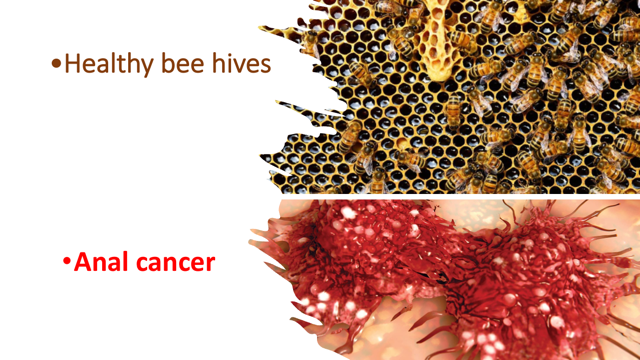Cancer comes in different forms ranging from breast cancer to colorectal cancer. Anal cancer, which can also be found in the rectum, is a sort of cancer not advertised quite often, and for good reasons. It carries a social stigma and is stereotyped as synonymous to anal sex.
Anal cancer is often associated with Human Papilloma Virus (HPV). A common risk factor to the disease is HIV/AIDS infection, whereby the immune system is chronically suppressed resulting in the patient being exposed to infections.
Join our WhatsApp ChannelSymptoms of anal cancer mimic haemorrhoids (piles), but much more serious to a degree. These include bleeding, mucous discharge, frequent pooing, bloody faeces, etc., but in some cases, there might be no symptoms at all.
The normal procedure in treating anal cancer is to apply radiation and chemotherapy, but in serious cases, the cancer is surgically removed. In Australia, a new procedure is being trialled by directing the electromagnetic energy in radiofrequency (Rf) wavelengths to the affected area to kill the cancerous cells. The procedure takes averagely, only 20 minutes and patients can go home without any complications, right as rain. A followup though, is required to make sure that the cancer is cleared. This is done by using high-resolution anoscopy.
READ ALSO:Colorectal Cancer In Nigeria: A Crucial Step Towards Prevention And Early Detection
Radiofrequency therapy is nothing new and is routinely used in skin tightening. The process involves using energy waves from Rf to heat the dermis ( i.e. deep layer of the skin) and stimulate the production of collagen that gives one a youthful appearance – if in doubt, just look at the facial skins of your average contemporary celebrities and compare them with yours!
Vaccine For Bees
Humans are not the only ones getting vaccinated, thanks to scientists, bees are now set to get their own vaccine soon, a first in the insect world.
Paenibacillus larvae is a spore-forming bacterium, which fatally infects honeybee larvae, destroying the hives in the process. The disease is known as American foulbrood, which is different from European foulbrood caused by another agent called Melissococcus plutonius, a non-spore-forming bacterium. European foulbrood is also a disease that targets bee larvae, much like the American foulbrood.
When bee larvae ingest food contaminated with the spores of the bacterium (Paenibacillus larvae), the spores germinate into actively growing cells in the guts of the larvae within two days after ingestion. These vegetative cells invade the body tissues and *haemolymph of the larvae, resulting in death of the affected larvae and the beehives giving off a rotten odour (*haemolymph is to invertebrates what blood is to vertebrates). To prevent the spread of the disease, infected beehives are normally destroyed with fire or in circumstances where the infection is not acute, antibiotics could be employed.
It has been proven that although insects lack adaptive immunity (antibodies), they do have robust innate immunity, which they pass on to their young ones. Dr Freitas and coworkers identified the specific protein responsible for an immune response in the offspring and using one bee queen, cultivated immunity in a bee population.
The vaccine is generated traditionally by using attenuated version of the bacterium. The only difference is that instead of using needles to inject the vaccine as obtains in humans and animals, the vaccine is mixed with food (royal jelly), which worker bees feed to their queen. The vaccine is then deposited in the ovary of the queen so that developing larvae acquire immunity to the bacterium when they hatch.
The vaccine has received a “conditional approval” from the U.S. Department of Agriculture. And if the vaccine becomes a success, this could pave the way to tackling a range of diseases plaguing the global bee populations.





![Relishing Ugba [Oil Bean] Delicacy](https://www.primebusiness.africa/wp-content/uploads/2025/06/Ugba-delicacy-720x480.jpg)












Follow Us